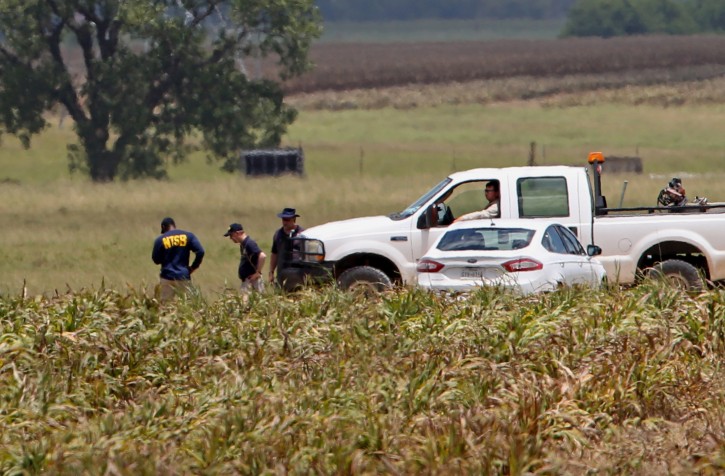
Washington – Commercial hot air balloons like the one destroyed in a fireball in Texas this weekend often carry more passengers than airplane and helicopter tours, but have long received less government scrutiny, according to aviation experts.
The Federal Aviation Administration’s oversight of commercial balloon operations amounts to “essentially none,” said Mark Dombroff, a former FAA attorney.
Commercial balloon operators, unlike other commercial aircraft operators, aren’t required to have FAA operating certificates and don’t receive safety inspections. Other commercial tour operators must have their operations plans, safety procedures and training approved by the FAA in order to obtain a certificate. And the FAA estimates how much attention it will devote to safety inspections and oversight of the tour operators in its national work plan.
“None of that exists in the context of balloons,” said Dombroff, a partner at the Dentons international law firm.
The main way the FAA regulates commercial balloon operations is that the pilots have to be licensed, but the licensing requirements are less stringent than those for other commercial pilots.
Unlike other pilots, balloon pilots don’t have to get regular medical exams from FAA-certified examiners. They’re only required to write a statement certifying that they “have no medical defect that would make you unable to pilot a balloon.”
Commercial pilots are required to fill out a form that includes questions on alcohol dependence or abuse and convictions for driving under the influence of alcohol. But the form filled out by balloon pilots asks whether an applicant has been convicted of a narcotics drug charge. It specifically says to not include alcohol offenses involving a motor vehicle.
The pilot of a hot air balloon that crashed Saturday in Texas was convicted of drunken driving at least four times in Missouri and twice spent time in prison, court records show. A former girlfriend, Wendy Bartch, described Alfred “Skip” Nichols as a recovering alcoholic and said the 49-year-old pilot had been sober for at least four years and never piloted a balloon after drinking. Nichols and 15 passengers were killed in the crash.
The FAA regularly sanctions big balloon events like annual Albuquerque International Balloon Fiesta in New Mexico and performs some oversight activities, such as checking pilot credentials and reviewing the airworthiness condition of the balloons.
The National Transportation Safety Board is investigating the crash.
As reported by Vos Iz Neias
